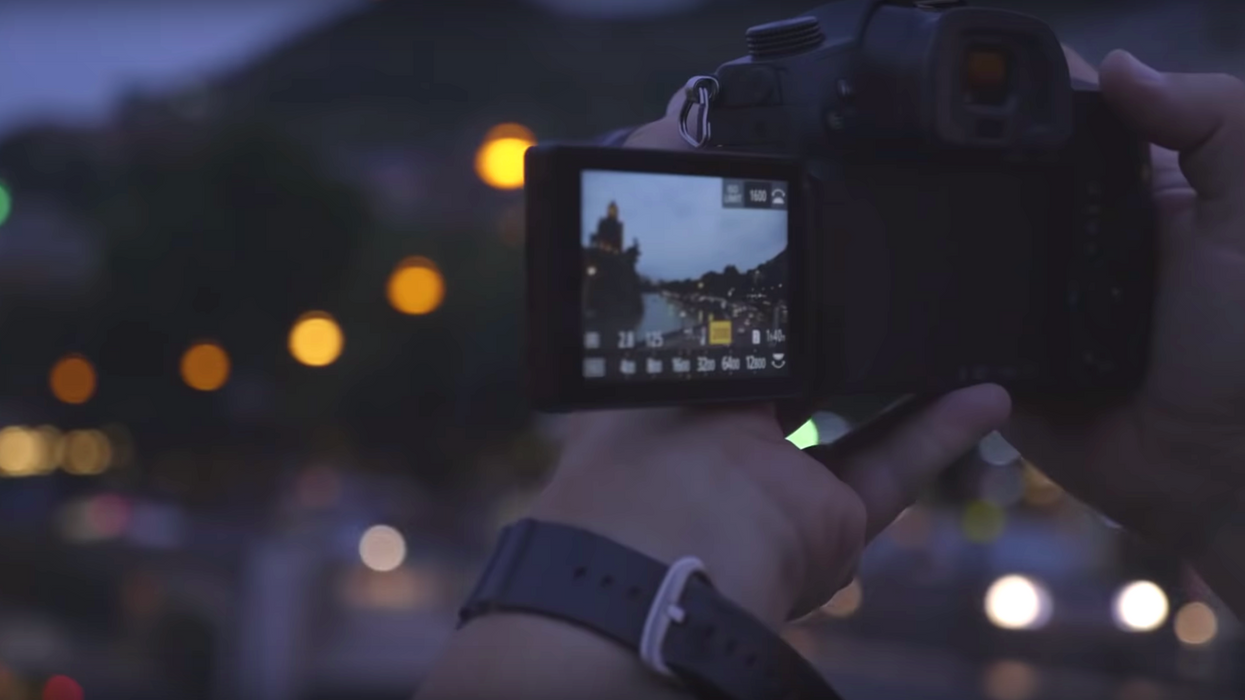7 Travel Film Tips You Probably Haven't Heard Before
Getting ready to shoot a travel film? Then you'll want to hear what this travel photographer has to say before you go.

Traveling to new areas of the world is an incredible experience, especially if you're doing so to make a film, but that experience can sour quickly if you're unprepared. Whether you're capturing the ruins of the Greco-Roman city of Ephesus or flying out to Mongolia to document the Kazakh eagle hunters, you'll want to make sure that you're able to set yourself up for success during your shoot and come away with footage that effectively tells your story.
This is something travel photographer Mitchell Kanashkevich knows all too well and he has some sage advice for you that you likely haven't heard before. Check out the video below to learn more.
Even though Kanashkevich's advice is geared toward photography, it definitely applies to cinematography and filmmaking in general, as well.
Naiveté is good
Feeling like a stranger in a foreign land? Don't know the landscape or the local customs? Good. It's okay to be naive. In fact, Kanashkevich says that that's a good thing because you shoot more and overthink less. He suggests trying to get into a "childlike state of mind" so the wonder and fascination you feel toward your subject is driven by more natural emotions.
Shoot More Than the Main Event
If you're traveling to a location to shoot a specific event, whether it's a wedding ceremony in Hawaii or La Tomatina in Spain, Kanashkevich advises you to look for opportunities to capture moments "around" it because they can often prove to be much more interesting. Why? While main events can provide incredible action and movement, as well as unique looks inside traditions your audience may have never seen before, these other "subsidiary" moments can contain raw human emotion that can be felt and understood universally by all.
Seize the Moment
Are you tired, jetlagged, or wanting a little R&R and don't feel like shooting. Get over it. Especially if you're in a location that you won't likely be able to visit again in the future, you should seize the moment and shoot whatever catches your eye. Like Kanashkevich says, there probably won't be a "next time."
Take Advantage of Adverse Conditions
Rain and cameras don't go together very well, and while some filmmakers and DPs will throw on a rain cover when the weather gets bad, many will try to avoid the wet stuff at all costs. Don't be like the latter. Take advantage of rain, snow, or any other "poor" weather condition, because even if it's less than ideal to you as a human being, it can prove to be an incredible opportunity for your images.
Love the Ugly
We all want to go to capture a place on the edge of the world that contains verdant cliffs and golden sunshine, but what if you end up somewhere grey, dirty, and—well—ugly? According to Kanashkevich, embrace it. No, you're not going to end up with that picturesque vista, but you're going to capture a snapshot of humanity that has most likely gone largely unnoticed, or even ignored and avoided, by other filmmakers.
Local Advice May Not Be Best
This piece of advice might go against what you've known and practiced throughout your traveling life, but Kanashkevich says to be skeptical about local advice on where to go to shoot. Think of it this way, locals may suggest certain places because they have emotional attachments to them, but it may not fit visually for the look and feel you're going for.
If a local approaches you with a suggestion, Kanashkevich suggests taking a second to do your research before rushing over with your gear. Google the location and make sure it's right for your project.
Get Close to the Action
The final tip Kanashkevich gives is to try to find accommodations that are as close to the thing you're shooting as possible. Yes, even if that means you have to pay a little more. This is because the closer you are to your prime shooting location, the less time you have to spend on travel to it, which means more sleep, less rushing around, and fewer chances for things to go wrong.
What are some other unusual travel tips you think filmmakers should know about? Let us know down in the comments.
Source: Mitchell Kanashkevich
















